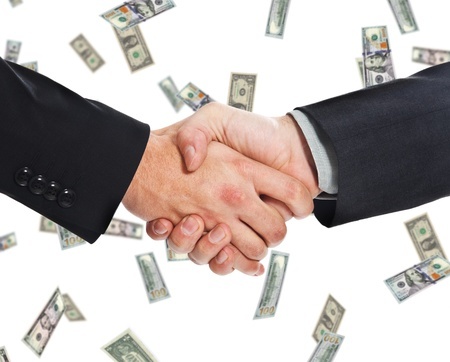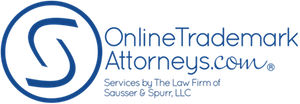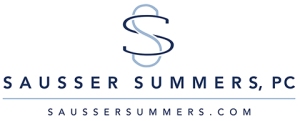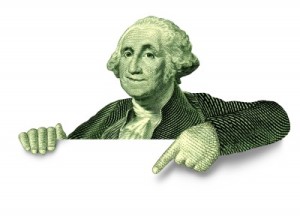
On January 17, 2015 the United States Patent and Trademark Office (USPTO) will reduce their filing fees. Specifically, the TEAS (Trademark Electronic Application System) Plus filing fee drops from $275 to $225, the TEAS (now called, the TEAS RF (Reduced Fee)) falls from $325 to $275, and the paper filing (TEAS Regular) goes from $375 to $325. In addition, the trademark renewal fee drops from $400 to $300 (this filing is due on the the tenth anniversary of a trademark registration, and every ten years thereafter).
The fees are getting reduced because of the Leahy-Smith America Invents Act (AIA) and for the purpose of encouraging individuals to file applications online. As indicated in the comments of the Federal Register Rules and Regulations, the change will help “increase the volume of end-to-end electronic processing of trademark applications…[and] will make filing for individuals and smaller entities more accessible.”
The main change from the AIA is a reduction in filing and renewal fees, while the requirements for the filings primarily remain in tact.
Filing a TEAS Plus Application = now $225
In order to qualify under a TEAS Plus application the applicant needs to:
- Provide name, address, and email (and allow the Office to contact you via email);
- Respond to the Office electronically (through TEAS);
- Use a description of your goods/services that complies with the Office’s Acceptable Identification of Goods and Services Manual;
- If the mark identifies a person’s name, a signed authorization from the person to use that name;
- If including a design, a .jpg of the mark; and
- If non-english, a translation.
(There are a few others, but these are the main requirements)
Filing a TEAS RF Application = now $275
This type of application does not require the above clarifications. In addition, you may list the goods/services under your own description. However, an Examining Attorney may require you to be more specific with your description in a future Office action. This type of filing simply requires the following:
- Provide name, address, and email (and allow the Office to contact you via email); and
- Responses regarding the application must be submitted electronically through TEAS
Filing Regular TEAS Application = now $325
Don’t do it. This type of application is submitted via fillable forms that you mail in. Either of the two applications above are better options. The TEAS Plus or the TEAS RF applications will most likely be processed quicker, you’ll receive notices via email rather than snail mail, and you can respond electronically. A Regular TEAS filing is antiquated and represents the primary reason behind the reduced fees in the first place. Help America, don’t file a Regular TEAS application.
If you’d like more information regarding the reduced fees the USPTO provides a nice summary page on their website.
If you would like a trademark attorney to handle your registration use OnlineTrademarkAttorneys.com. You can simply fill out our online form for trademark registration for assistance. Published January 9, 2015 by Brent Sausser.











